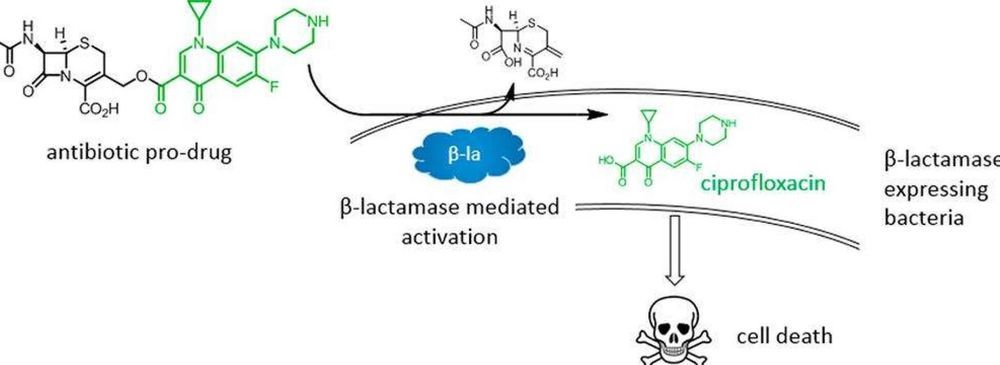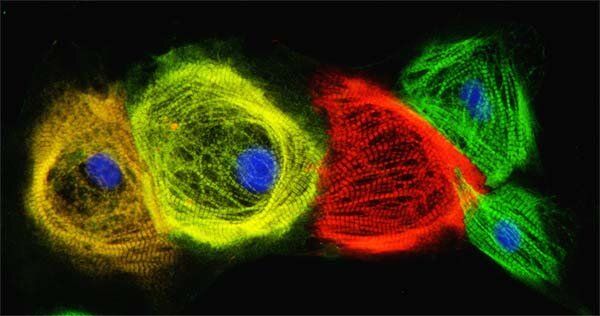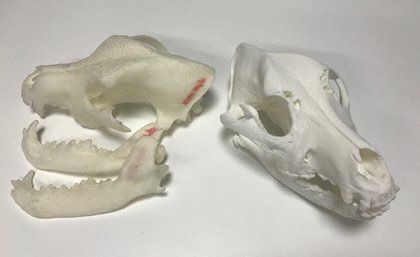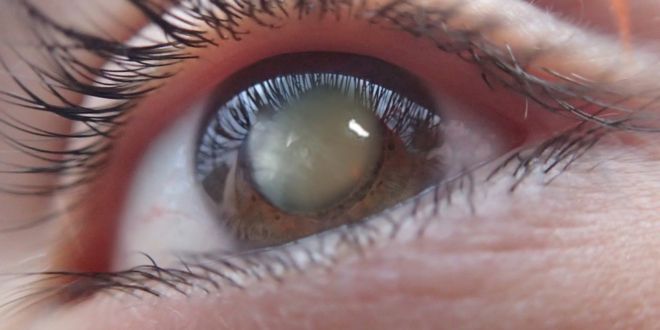Page 8743
May 15, 2019
INVADER ZIM and ROCKO’S MODERN LIFE Films Coming This Summer to Netflix
Posted by Quinn Sena in category: entertainment
The Nickelodeon films for Invader Zim and Rocko’s Modern Life are both coming to Netflix this summer.
May 15, 2019
See the United Nations’ Floating, Hurricane-Ready City Concept
Posted by Quinn Sena in category: climatology
May 15, 2019
Decoy antibiotics could get around bacteria’s defences
Posted by Paul Battista in category: biotech/medical
Imperial medical students have helped to devise a new type of ‘decoy’ drug to tackle infections that are resistant to antibiotics.
In lab tests on bacterial cultures, the new drug successfully killed a strain of drug-resistant bacteria. It works by delivering two antibiotics, one of which is effectively hidden. When the bacteria fight against the first ‘decoy’ antibiotic, this action opens up the drug, triggering the second antibiotic into action.
This enables the second antibiotic to be delivered in a targeted way, only being released where it encounters drug-resistant bacteria. The findings could help prolong the life of existing antibiotics by slowing the rate at which bacteria become resistant to them.
Continue reading “Decoy antibiotics could get around bacteria’s defences” »
May 15, 2019
A new way to wind the development clock of cardiac muscle cells
Posted by Paul Battista in categories: biotech/medical, neuroscience
These days, scientists can collect a few skin or blood cells, wipe out their identities, and reprogram them to become virtually any other kind of cell in the human body, from neurons to heart cells.
The journey from skin cell to another type of functional cell involves converting them into induced pluripotent stem cells (iPSCs), which are similar to the developmentally immature stem cells found in embryos, and then coaxing them to mature into something different.
But the process runs on an invisible clock, one in which scientists are interested in speeding up so adult-like cells are available when needed, whether for testing drugs for precision medicine, transplanting to repair injury or defect, or better understanding basic biology. It involves an FDA-approved compound called polyinosine-polycytidylic acid, or pIC, a double-stranded RNA molecule that activates a cell’s innate defense system. The compound is commonly used to boost vaccines and chemotherapy. The researchers found that when added to induced pluripotent stem cells undergoing the process of transitioning into cardiac muscle cells, pIC accelerated cellular maturation.
Continue reading “A new way to wind the development clock of cardiac muscle cells” »
3D printed models of dog skulls are helping University of Queensland vets to save animals and educate tomorrow’s veterinary students.
The models, showcased at the World Science Festival, were the result of a collaboration between UQ Library’s Digital Scholars Hub and the School of Veterinary Science.
UQ veterinarian and Associate Professor Rachel Allavena used the skulls to help children understand how dogs with short noses can suffer from the condition brachycephalia.
May 15, 2019
Energy-free superfast computing invented by scientists using light pulses
Posted by Quinn Sena in categories: computing, innovation
Superfast data processing using light pulses instead of electricity has been created by scientists.
The invention uses magnets to record computer data which consume virtually zero energy, solving the dilemma of how to create faster data processing speeds without the accompanying high energy costs.
Today’s data centre servers consume between 2 to 5% of global electricity consumption, producing heat which in turn requires more power to cool the servers.
Continue reading “Energy-free superfast computing invented by scientists using light pulses” »
May 15, 2019
A hydrogel that can stop bleeding from an artery
Posted by Quinn Sena in categories: biotech/medical, materials
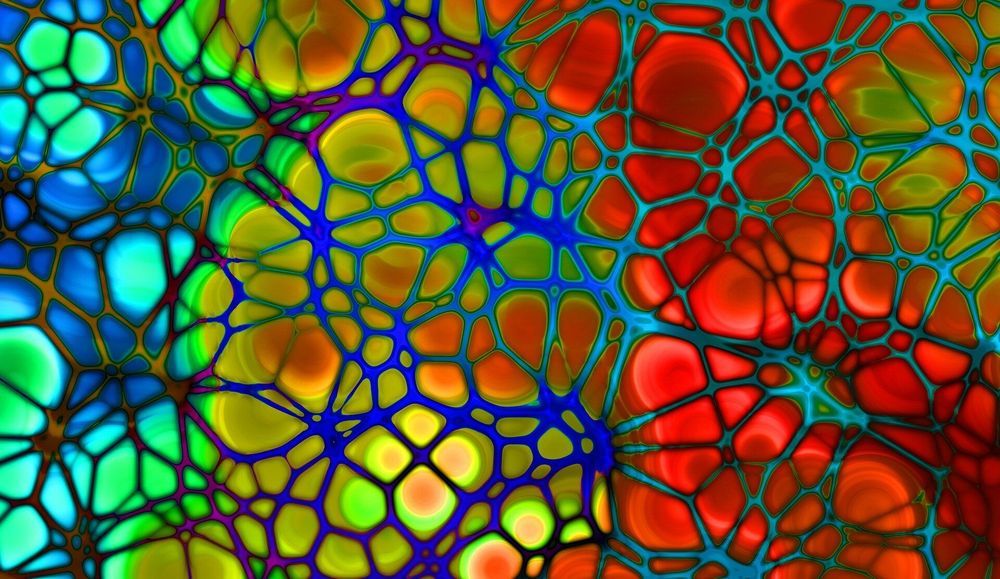
A team of researchers affiliated with several institutions in China has developed a hydrogel that can stop bleeding from a punctured artery. In their paper published in the journal Nature Communications, the group describes how the hydrogel was made and how well it worked on test animals.
Uncontrolled bleeding is a very serious situation, both during surgical procedures and as a result of trauma. In most cases, it is the result of damage to a major artery or an organ like the liver. In all cases, immediate action must be taken or the victim will die. Currently, treatment for such wounds involves clamping the artery and then using sutures to close the wound. In the past, researchers have attempted to create a type of glue to stem such wounds, but thus far, none of them has worked as hoped—they were either made of toxic materials or were not strong enough to stand up to the high liquid pressure in the bloodstream. In this new effort, the researchers have developed a new type of hydrogel that solves both problems.
Continue reading “A hydrogel that can stop bleeding from an artery” »
May 15, 2019
Space Mining Could Ruin Our Solar System If We Don’t Establish Protected Places Now, Researchers Warn
Posted by Quinn Sena in category: space
A new study wants to protect the solar system from runaway human industry by making 85% of extraterrestrial resources off-limits.
May 15, 2019
Goodbye Surgery – Scientists Made Eye Drops That Dissolve Cataracts
Posted by Paul Battista in category: biotech/medical
American researchers have recently published a study in the scientific journal Nature, showing promising results using steroid eye drops for shrinking down and dissolving cataracts.
At the moment cataracts is the leading cause of blindness, and can only be removed through surgery. The surgical procedure, while simple and safe, is unpleasant for the patient and often prohibitively expensive.
A ccording to the Fred Hollows Foundation, approximately 32.4 million people around the world are blind, with more than half of the cases being caused by cataracts. In the United States alone, nearly 22 million Americans who are over age 40 have cataracts, according to the American Academy of Ophthalmology.
Continue reading “Goodbye Surgery – Scientists Made Eye Drops That Dissolve Cataracts” »



